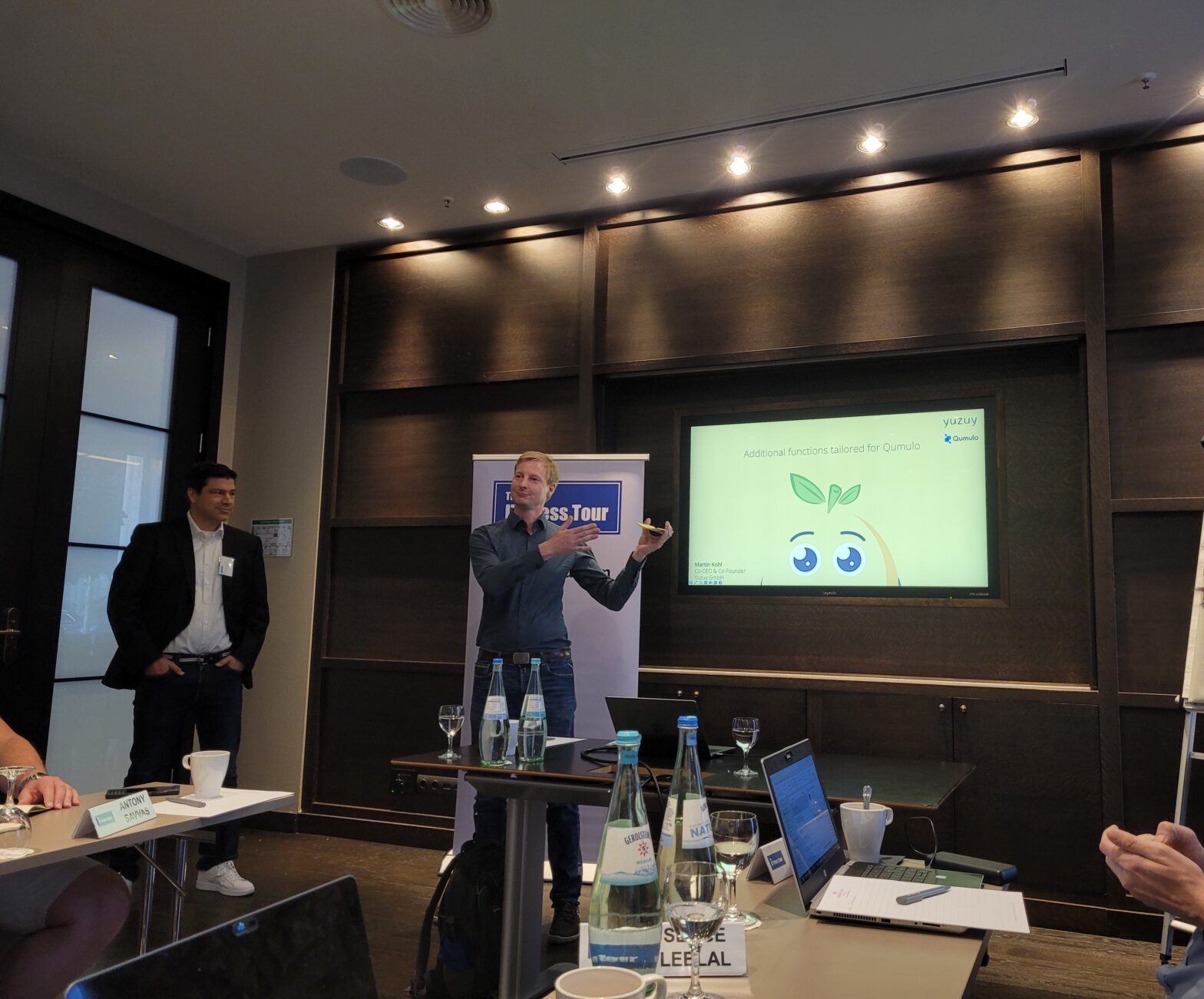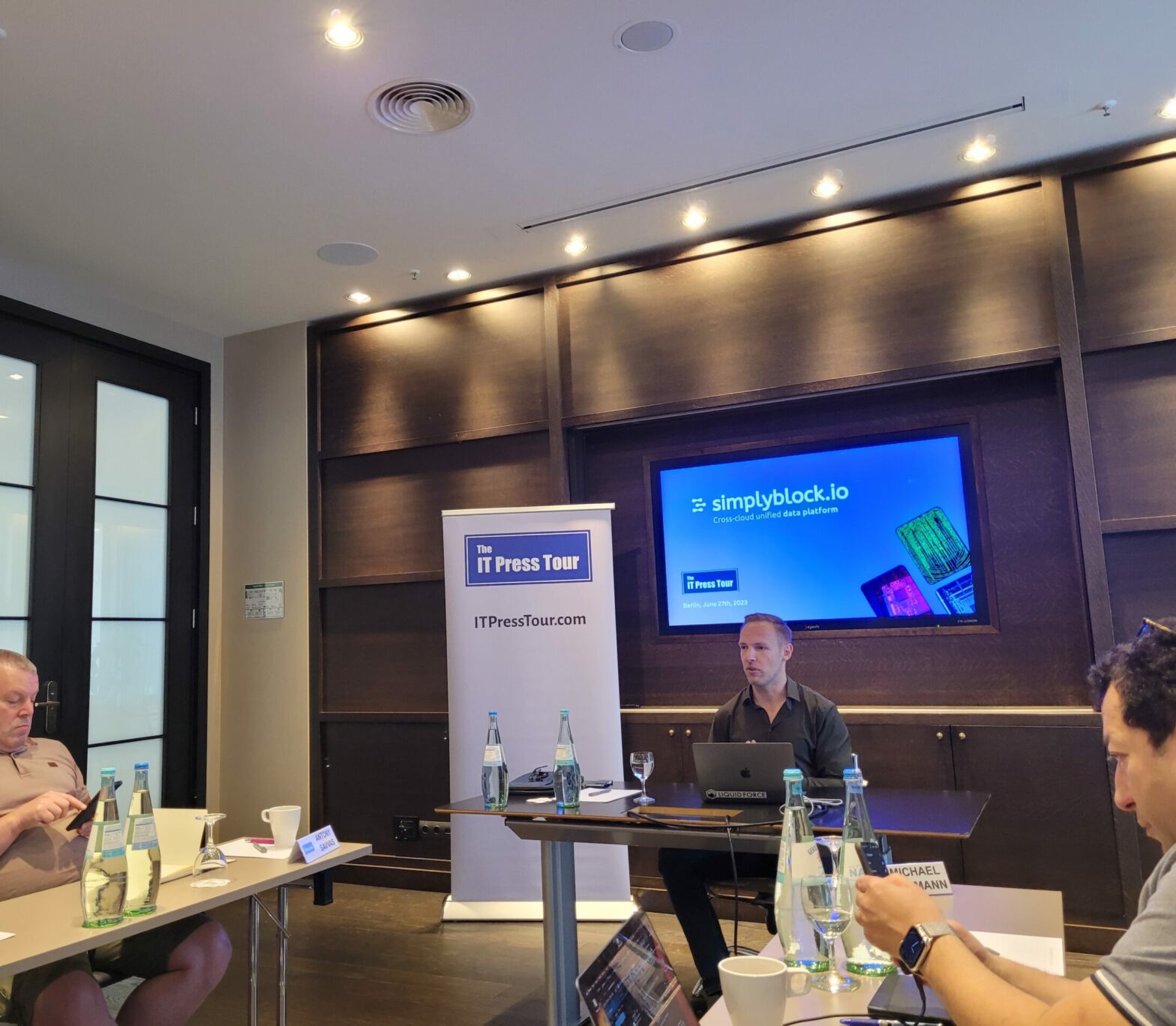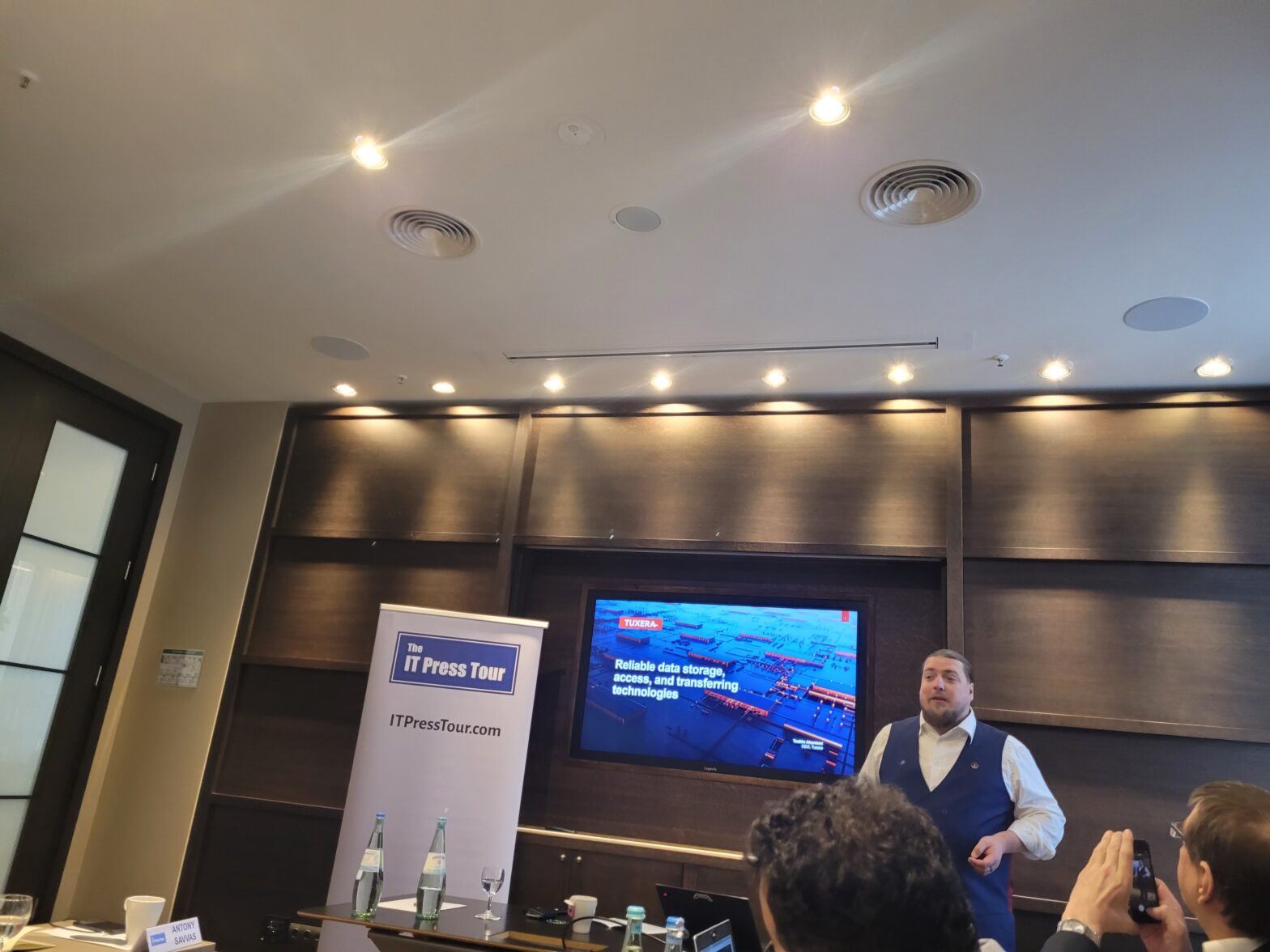Belfast-based Lagan Group is Northern Ireland’s largest privately held company with an annual turnover of £450 million. It has both construction and construction products arms, with around 1,100 IT users spread across its operating units in the UK and Ireland.
The company runs a number of shared IT services, but individual operating units retain their own financial, ERP and manufacturing systems. So far, Lagan has undertaken three relatively small-scale virtualisation projects, primarily with a view to reducing costs and improving flexibility for the business units.
At the group’s cement factory near Dublin, Lagan migrated the Maximo ERP system – running on five servers – to two physical hosts with four terabytes of shared storage. The cost, according to IT services manager Jim Fennell, was significantly less than upgrading the physical servers on a one-to-one basis.
Then when the group bought materials supplier Welsh Slate in 2007, it put in a similar system based around two physical hosts and six guests in order to provide IT services quickly; Welsh Slate’s former parent company retained the original infrastructure.
The third project saw Lagan consolidate servers at its main Belfast site and its disaster recovery location, reducing the physical infrastructure by 23 machines and using VMware’s Site Recovery Manager, over a 100mbps link in order to improve recovery times. Now, the company is extending its virtual infrastructure further into critical production systems, for example to run a Microsoft SharePoint system to support widening a road from single to dual carriageway in Northern Ireland.
“We need to have 100,000 documents [online] for 150 remote users for six years,” explains Fennell. “I can provision that quickly, get that up in an afternoon and start building that solution. If we need to add capacity I can drop in a new host or upgrade that without buying new machines, so I am not wasting money.
“Businesses should try virtualisation and see if it works, and if it doesn’t then look to find out why,” says Fennell. “We have Windows 2000, Windows 2003, three flavours of Linux and a couple of XP machines we use for monitoring, and we didn’t find anything that did not virtualise.”










